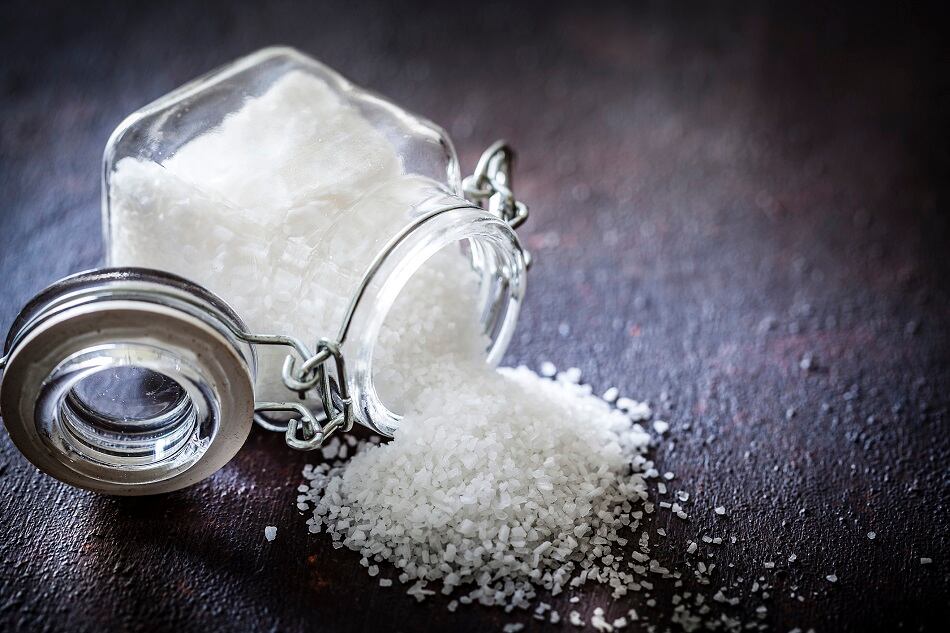In their review, researchers from the University of Illinois (U of I) College of Agricultural, Consumer and Environmental Sciences found that while a necessary micronutrient in a healthy, balanced diet, average sodium consumption among US adults exceeds 3,000 to 3,500mg per day.
"Sodium overconsumption is a huge health concern, and the FDA has recommended sodium reduction in food since the 1980s, but we haven't succeeded yet. While the unit volume of salt in the food supply has not increased, the amount of sodium consumption has gone up, because we just consume a lot of food," said co-author of the study Soo-Yeun Lee, professor in the Department of Food Science and Human Nutrition (FSHN) at U of I.
And many consumers are not making efforts to reduce their sodium intake even when aware of the negative health impacts a diet high in sodium can have. A recent survey of 7,090 respondents conducted by MSG supplier Ajinomoto found that while 64% of consumers know that eating too much sodium is unhealthy, only 37% pay attention to how much sodium they're consuming and an even greater number (83%) prioritize taste with 55% of respondent agreeing with the statement that low-sodium food is tasteless.
More than 70% of sodium intake comes from processed and packaged foods, primarily cured meats, bread, cheese, and soups due to the favorable sensorial and functional properties salt provides to products, noted researchers, who review a wide scope of scientific literature covering sodium reduction strategies.
"We're hoping this work will provide insight into the wide variety of salt-reducing technologies that exist. This can help food companies be more informed to use different strategies than what they have been doing," said Lee.
The research was supported by the Institute for the Advancement of Food and Nutrition Sciences (IAFNS), a non-profit organization, through an ILSI North America Sodium Committee grant.
Five main salt reduction strategies
From their work, researchers identified five main strategies: Salt reduction, salt replacers, flavor modification, physical modification, and functional modification.
"A lot of the studies we looked at combined more than one method, such as salt removal with salt replacers and flavor modification or salt removal and physical modification," said Aubrey Dunteman, lead author of the paper and graduate student in FSHN.
Many studies, for example, used salt replacers such as potassium chloride, calcium chloride, or other chloride or acid salts in combination with flavor modifications, such as umami substances or bitter blockers.
Physical modification involves methods such as encapsulation of the salt crystals which changes how the salt is dissolved in the mouth and alters the perceived saltiness of a certain product.
"You can also create an uneven distribution of the salt in a product that can further help enhance the perceived saltiness of the food product through taste contrast," added Dunteman.
The final method observed by researchers is functional modification, in which food producers can move away from sodium-based preservatives and use alternatives such as celery-powder based alternatives.
FDA sodium reduction targets
In October 2021, the FDA issued long-awaited final guidance for the food industry outlining voluntary, short-term (2.5 year) sodium reduction targets for 163 categories of packaged, prepared, and restaurant foods.
The targets in the new guidance - which finalizes (in part) draft guidance from 2016 outlining short-term (2-year) and long-term (10-year) targets - are designed to cut average daily sodium intake from around 3,400mg to 3,000mg, which is higher than the 2,300mg recommended in the Dietary Guidelines for Americans, acknowledges the agency. Read more HERE
Best strategy for consumers?
While salt reduction across the food system relies almost entirely on companies' actions and efforts to modify the ingredient makeup of their products, consumers have control over sodium intake in what they prepare and eat at home, said researchers, who said the best overall strategy is to cook your own food and limit consumption of processed and packaged foods.
"If you're cooking at home, you can intentionally reduce salt, and you'll appreciate the reduced saltiness perception as time goes on. People can adjust to the reduced salt level, but it's a learning and adapting process. You can also add flavor enhancers such as herbs and spices," noted Lee.
Source: Journal of Food Science
"Compendium of sodium reduction strategies in foods: A scoping review"
Authors: A. Dunteman, et al.

